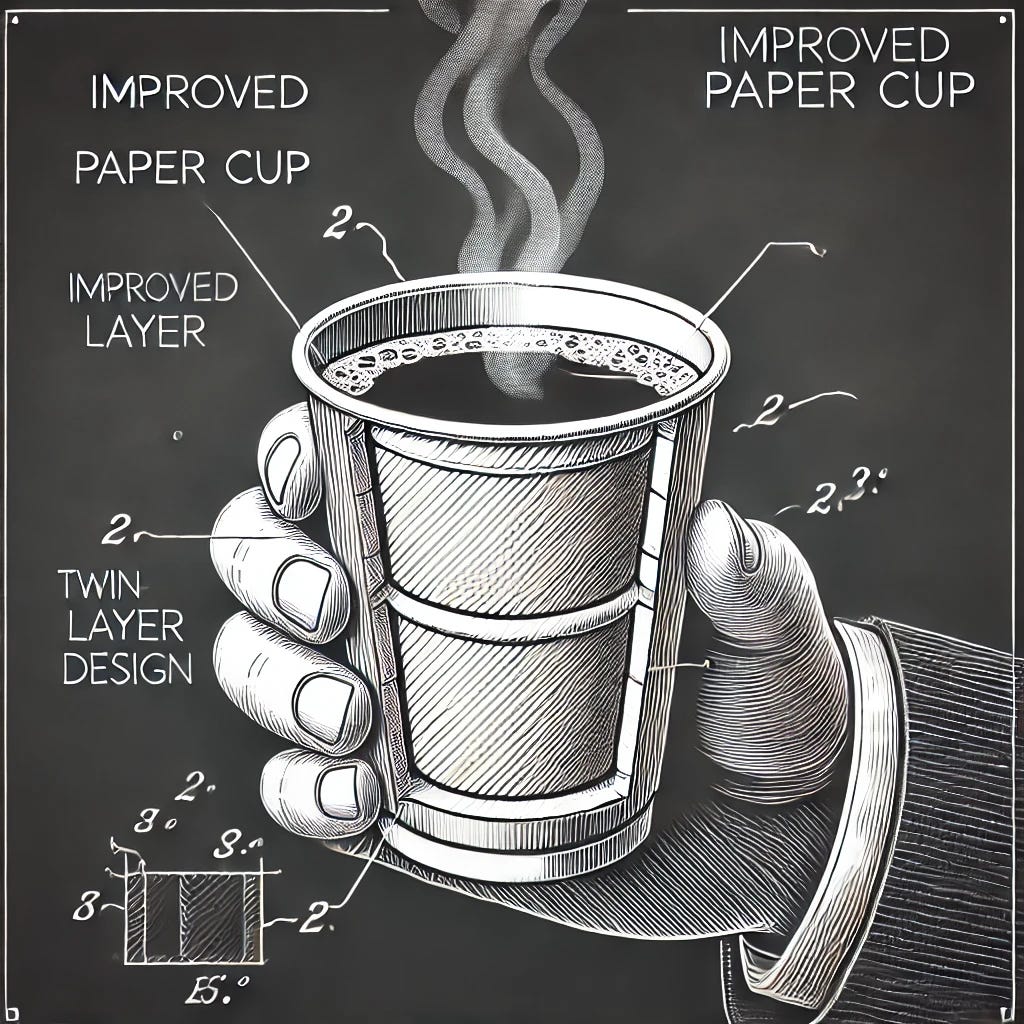A claim comprises a preamble, a transitional phrase and a body
Each serving a distinct role in defining the invention
The components of a claim include an introductory preamble, a body detailing the invention’s essential features, and a transitional phrase that establishes the relationship between them. The job of the claim is to define the scope of the invention and to distinguish it from the prior art. Just as a piece of land can be identified by "metes and bounds"—the limits or boundaries of a tract of land as identified by surrounding natural landmarks, or by man-made structures, such as parks, streets or neighboring property—the function of the claim is to define the elements of the invention and distinguish its boundaries. While it is possible for someone to physically visit the land and verify its metes and bounds, the trouble with patents lies in its intangible nature and its textual description that is amenable to multiple interpretations. Add to this the fact that an action for a patent infringement will require comparing an infringing article or a process with the patent specification that was mostly likely drafted years ago, the scope of the claims and the manner in which they perform the function of describing the invention and distinguishing it from the prior art becomes all the more important.
Claims fall into two broad categories depending on their relationship with other claims. Independent claims are standalone claims which describe the invention in the broadest possible terms allowed by the prior art. They include all the essential features of the invention needed to define the scope of the invention.
Dependent claims, as the name sounds, are dependent on an independent claim for support. They cross-refer to an independent claim or other dependent claims. They are narrower claims that usually incorporate limitations of an independent claim
Let's analyze the structure of a claim, in the light of the above discussion, with the following illustration of an improved paper cup.
Claim 1 (Independent Claim - Broadest Manifestation)
Preamble:
An improved paper cup,
Transitional Phrase:
comprising
Body (Limitation Section):
a first inner layer made of a liquid-impermeable material, forming a cavity for holding beverages;
a second outer layer surrounding the first inner layer and separated by an air gap, wherein the second layer is made of a thermally insulating material;
a base portion connected to both the first inner layer and the second outer layer to form a structurally stable container;
wherein the air gap between the first inner layer and the second outer layer functions as a thermal barrier to dissipate heat and reduce the external surface temperature of the cup, thereby preventing discomfort when held by a user.
Claim 2 (Dependent Claim - Material Enhancement)
The improved paper cup of claim 1, wherein the second outer layer is made of a foamed polymer material to further enhance heat dissipation.
Claim 3 (Dependent Claim - Structural Enhancement)
The improved paper cup of claim 1, wherein the second outer layer includes ventilation perforations to allow additional airflow for enhanced cooling.
Claim 4 (Dependent Claim - Functional Improvement)
The improved paper cup of claim 1, wherein the air gap is at least 2 mm wide, optimizing the balance between insulation and structural integrity.*
How the Various Parts are Connected
While the preamble introduces the general context of the invention, the transitional phrase helps to define whether the body of the claim will be interpreted in a closed manner or an open manner. The body of the claim, which usually comprises of elements and features, provides the distinguishing characters that work together in an unique way distinct from what is already there in the prior art or is obvious to a person skilled in the art. The task of demonstrating nonobviousness or the presence of inventive step is the toughest part in drafting a patent which is done in the body of the claim. If not done well, it could lead to the nemesis of the invention.
The body of the claim is where the specific elements, the features and their arrangement or combination that distinguishes the invention from the prior art is demonstrated. The body is also where the functional limitations of the invention are set out.




